Whether you’re a beginner buying your first instrument or a seasoned musician looking to upgrade, one big question always comes up:
Should you go digital or acoustic?
From pianos to violins to drums and beyond, both types of instruments have their place—and their unique strengths and weaknesses. Let’s break them down so you can make the right choice for your musical goals, space, and budget.
Sound and Feel
Acoustic
- Authentic Sound: Nothing beats the rich resonance of a real piano, violin, or acoustic guitar.
- Natural Feel: You develop fine motor skills and touch sensitivity faster with acoustic instruments.
Digital
- High-Quality Samples: Good digital models simulate acoustic sound surprisingly well.
- Less Nuance: Even high-end digitals can’t fully capture the organic depth of real instruments.
Volume and Practice
Acoustic
- Loud and Proud: Perfect for performances—but not always ideal in apartments or late at night.
- No Volume Control: What you play is what you hear, for better or worse.
Digital
- Silent Practice: Use headphones to play anytime, anywhere.
- Adjustable Volume: Great for shared spaces and young learners.
Maintenance
Acoustic
- Regular Tuning Required: Especially for pianos, violins, and other stringed instruments.
- Humidity & Climate Sensitive: Wood can warp or crack without care.
Digital
- Plug and Play: No tuning, no string replacements, no climate worries.
- May Need Occasional Updates or Repairs: But generally lower maintenance.
Cost and Portability
Acoustic
- Higher Initial Cost: Quality acoustics are often more expensive.
- Heavy and Less Portable: Pianos, drums, and some stringed instruments are hard to move.
Digital
- Budget-Friendly Options: Great for beginners and casual players.
- Portable: Many models are lightweight and compact—perfect for students on the go.
Musical Growth and Expression
Acoustic
- Greater Expressive Range: More dynamic control, tone color, and subtlety.
- Ideal for Classical, Jazz, and Advanced Training: Especially where touch and tone matter.
Digital
- Great for Beginners: Easier to start with and forgiving to play.
- Fun Features: Built-in metronomes, rhythms, recording, and Bluetooth connectivity.
So, Which One Should You Choose?
If you’re just getting started: A digital instrument might be the better option. It’s affordable, low-maintenance, and friendly to small spaces.
If you’re serious about long-term musicianship: Invest in an acoustic. It helps you build refined technique, tone, and expression over time.
Best case? Try both and see what inspires you more. Your instrument should suit your life—but also challenge and excite your musical spirit.
Guidance Matters—Let Us Help You Decide
At Risoluto Academy of Music, we guide students through every part of their musical journey—including choosing the right instrument.
Whether you’re looking for the expressive depth of an acoustic or the flexibility of a digital setup, our expert faculty can help you find the perfect fit for your goals, skill level, and budget.
ENROLL TODAY for a trial lesson—and let’s start making music that feels right to you.
Because choosing the right instrument is just the first note in your musical story.
